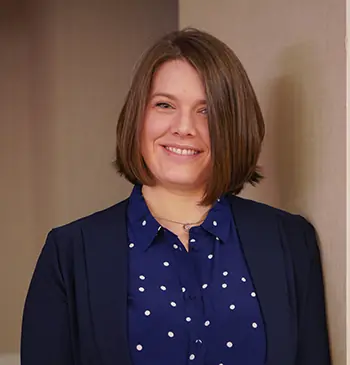
Don’t Rely on Inertia to Manage Deposit Pricing
After a year of steadily increasing interest rates, bankers may be feeling hopeful that the Federal Open Market Committee will soon slow its pace so deposit pricing can get under control.
But even if the Fed’s rate-setting body eases up on raising the federal funds rate, it’s unlikely that will immediately translate into lower deposit costs, simply because liabilities and assets will reprice at different times and frequencies.
“The Fed may stop raising rates at some point, but the cost of deposits of banks most likely will keep going up, only because they’re catching up,” says Christopher Marinac, director of research at Janney Montgomery Scott. “Some of it is just timing: If you have [certificates of deposits], and they are renewing in the third and fourth quarter, those are generally going to be higher than they were a year ago.”
Deposit betas, or the portion of change in the fed funds rate that banks pass onto their customers, occupy a good deal of bankers’ attention right now. Higher deposit betas mean higher rates paid on deposit accounts, and lower deposit betas mean lower funding costs. Banks that want to improve their net interest margin generally want to know how to keep their deposit betas lower without sacrificing liquidity.
A recent analysis by S&P Global Market Intelligence showed that a sample of 20 banks with lower deposit betas in the fourth quarter of 2022 were generally more likely to let money walk out the door in search of higher rates. That in turn allowed those banks to expand their margins more substantially through the end of the year.
Broadly speaking, however, inertia has worked in a lot of banks’ favor when it comes to deposit pricing, Marinac says. Though some high net-worth or commercial customers with significant deposits are increasingly asking for higher rates, which is leading bankers to implement exception pricing, most deposit clients simply don’t bother.
But some banks already feel that exception pricing has become unsustainable, says Neil Stanley, founder and CEO of The CorePoint, a consulting firm focused on deposit pricing. Because exception pricing decisions are made on an ad hoc basis, it can be difficult for banks to anticipate scenarios and build forward guidance. Exception pricing can become a problem if those decisions are too frequent, and are seen as random and even discriminatory.
Stanley also points out that compared to past periods of Fed tightening, a much larger proportion of bank deposits are now noninterest bearing demand deposits, meaning that while they may cost the bank next to nothing, they can also walk out the door at any moment.
“How long will those deposits stay on your books at no interest? That is a huge question,” Stanley says. “Without a really good answer to that, we’re left in a very vulnerable spot.” The advent of open banking may change the game this time around. Open banking gives people more control over their finances, allowing them to leverage application programming interfaces to move funds. Google and social media also give customers an additional window into which banks offer better rates, adding a new layer of complexity. In response, Stanley generally advises that banks maintain a good mix of time deposits like CDs that have a bit more staying power compared to noninterest bearing checking accounts.
Bank boards play an important oversight role in asset/liability management at their financial institutions. Stanley recommends that directors ask management for a list of the bank’s largest deposit holders, and know who is in charge of tending to those relationships. Bankers should check in with those clients and make sure they aren’t feeling neglected, especially if they could pull their money at a moment’s notice. Directors might also consider establishing a chief deposit officer or otherwise centralizing some authority over the bank’s deposit gathering efforts, including exception pricing decisions. And bankers should have a clear line of communication to that person so they can quickly respond to requests for exception pricing.
Banks have grown accustomed to a low-rate environment with little competition for deposits. That’s changed. “When we had a surplus of deposits, it didn’t make any sense to put time and energy into it,” Stanley says. “Now, [banks] don’t want to be laissez-faire. They want to be intentional.”
Along those lines, bank leaders should evaluate their current suite of deposit products and services, and understand how those compare with nonbank competitors. And they can think about how to emphasize the value of keeping cash in accounts insured by the Federal Deposit Insurance Corp.
Finally, while it’s ostensibly on the other side of the balance sheet, bank leaders could consider the importance of commercial and industrial lending as part of their broader asset/liability management strategy. C&I loans reprice faster, which can prove beneficial in a rising rate environment. Those clients – many of them small businesses – can also become a source of stickier, lower cost deposits.
“C&I customers have deposits, and they tend to put deposits with banks,” Marinac says. “That’s kind of the secret sauce.” And financial institutions should view building core relationships as something that happens in good times and bad. “Some organizations are wired that way, so it’s not a problem,” he says. “Other organizations are not.”


